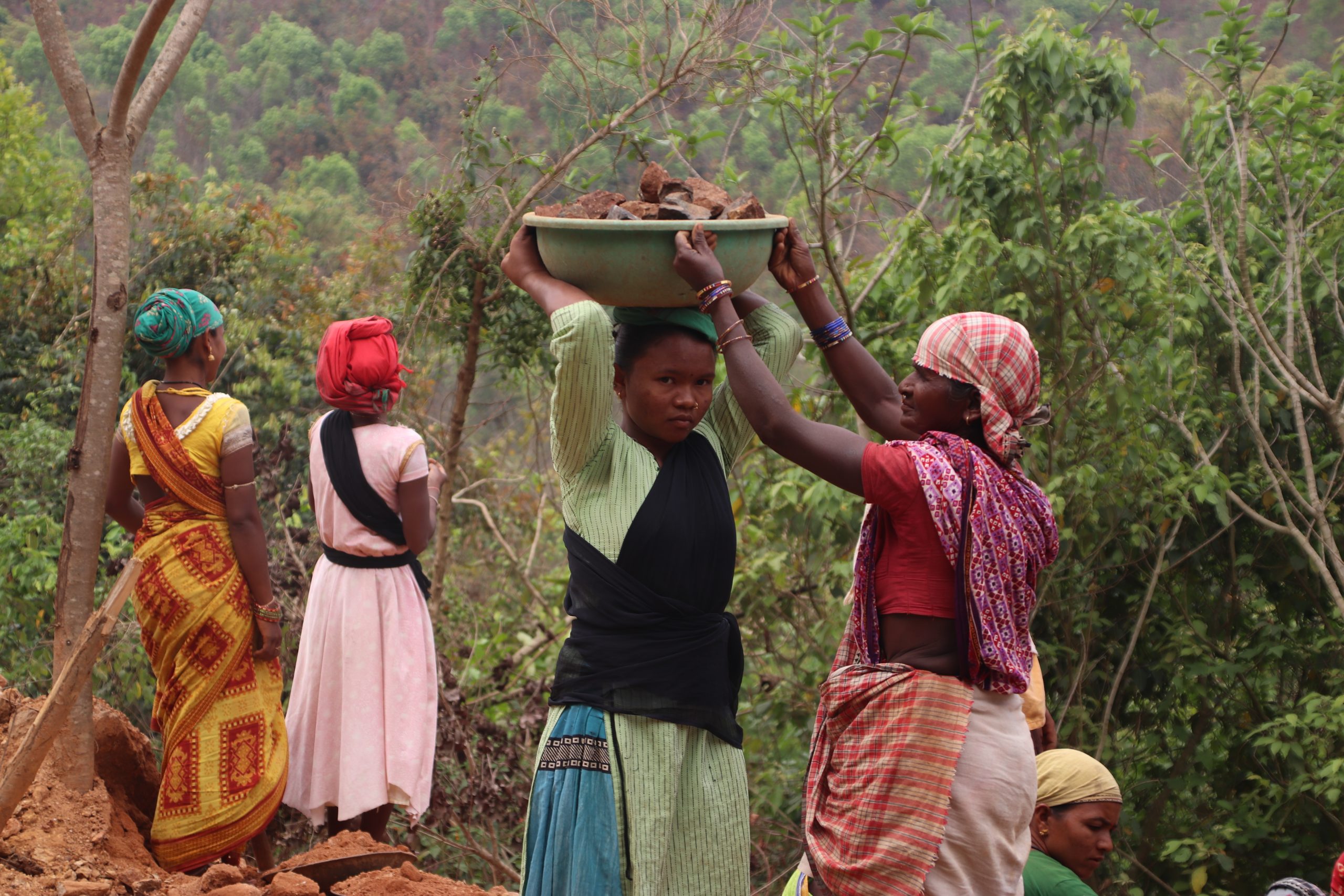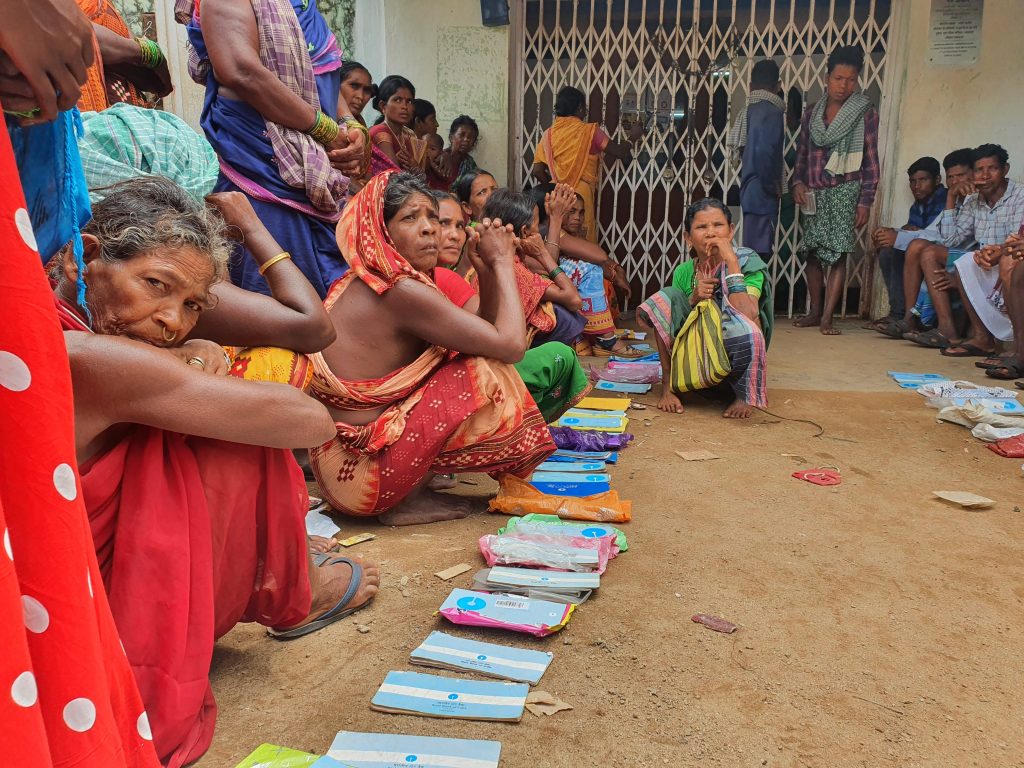Despite the delayed payments, MGNREGA continues to be the only source of employment opportunities for many women in rural areas. But over the last couple of years, the scheme has been updated with digital processes, which were made mandatory in 2023.
A recent initiative involves the implementation of a mobile application-based attendance system (NMMS app) for MGNREGA workers. This system necessitates the uploading of two photographs of the worker, taken in the morning and evening, at the worksite to confirm their presence and facilitate payment.
There have been reports on how this system has led to loss of wages due to the mandatory attendance system. But it has also impacted the participation of women in these districts. While intended to streamline processes, these digital requirements have inadvertently hindered women’s participation, adding to their already heavy burden of household responsibilities.
The law holds significance for female workers as it reserves a minimum of one-third of the total workdays for them. Of the total registered workers in Odisha, 46% are women. And of the total registered women workers, nearly 13 lakh women are not actively working under the employment scheme.
In Funda village of the migration-prone Golamumda block of Kalahandi district, Chaya Goud, 35 has worked for 27 days under MGNREGA in 2023-24. Her husband has worked for double the number of days. The couple, who were rescued from bondage in 2019, also own a small grocery shop that they had set up by taking a loan of Rs 1 lakh. Through the MGNREGA wages, they intend to repay the loan.
But the attendance system has limited Chaya’s participation. “I reach for work at the scheduled time but by the time the attendance is taken, I have already lost half an hour or more. The same situation persists when I have to return home after work,” Chaya says. The village struggles with good connectivity which is a major hindrance for the attendance upload.
She looks after her two young toddlers and ageing parents apart from also managing the shop along with her husband and in his absence. “Before I leave home, I cook lunch for everybody, wash clothes, tidy the house, and finish any other chores. I spend about three to four hours at the shop too. After returning home, I cook food again and I finally go to sleep after everybody is asleep,” she said.
“It is usually past 11:30 pm when I get to bed. And I am up at 5 am. With the attendance system and MGNREGA work, I do not remember when I felt rested. For a four-hour work, I remember spending an additional two hours just to get the photographs taken,” she added.
Chaya’s experience exemplifies, the intersection of work obligations, familial duties, and technological demands has left many feeling overworked and exhausted.
“I have worked under MGNREGA for the past three years. Irrespective of as many days of work, I was willing to take it up to be able to repay the loans. But with the new system in place, I couldn’t work beyond a point. There is no help at home and I couldn’t manage my time. I felt overworked. So I withdrew and took care of the shop,” she said.







